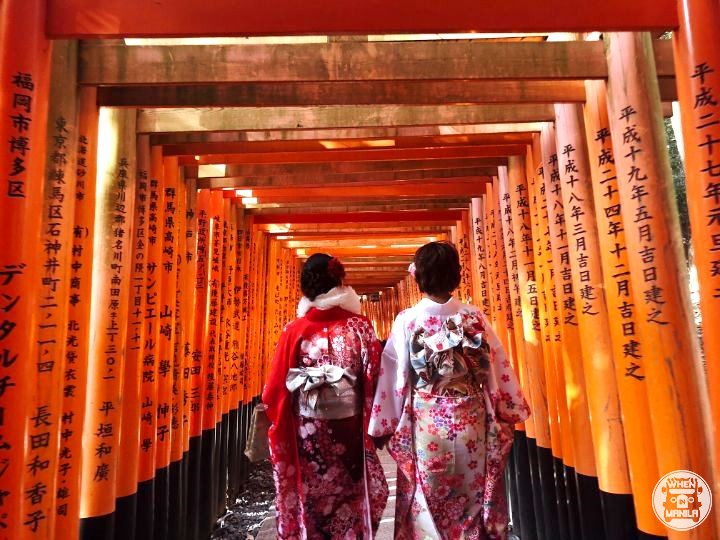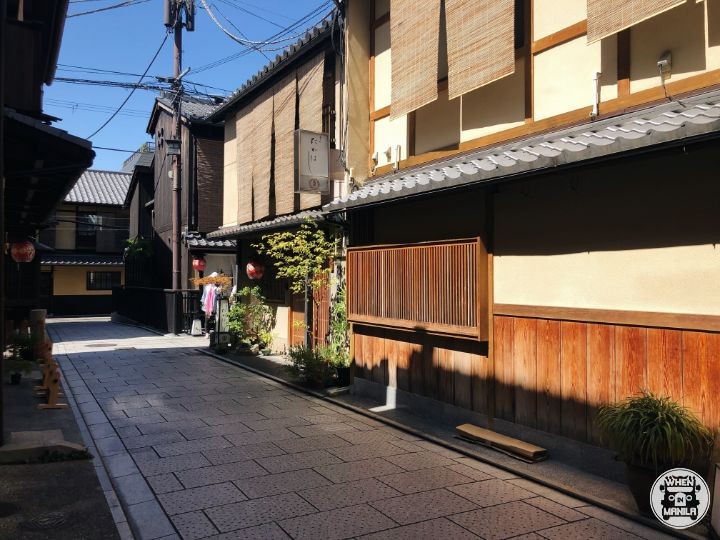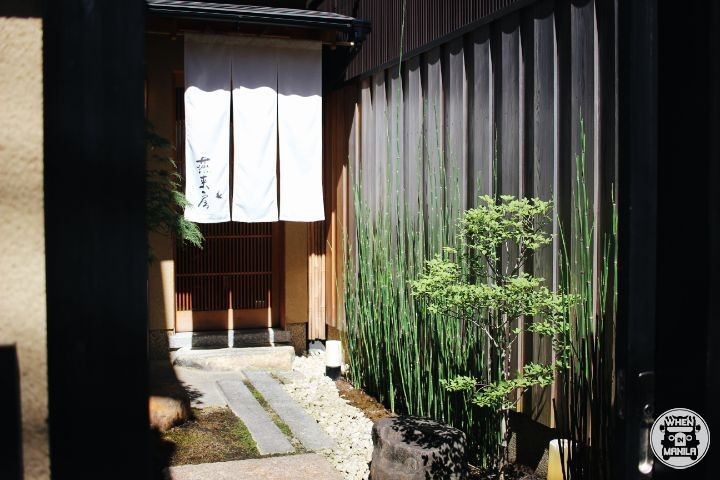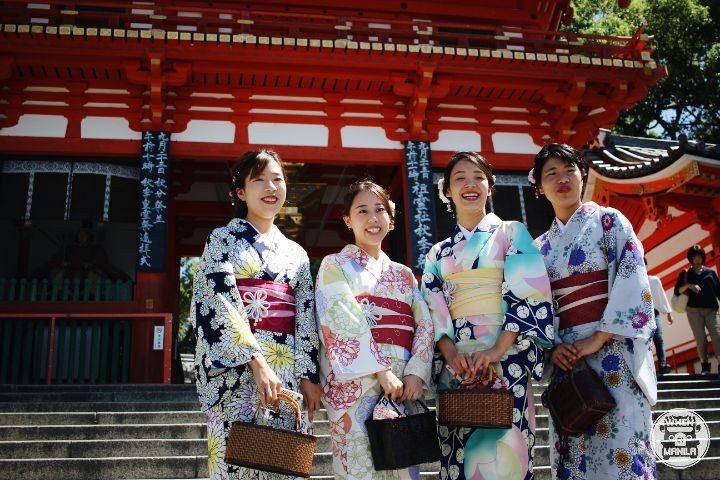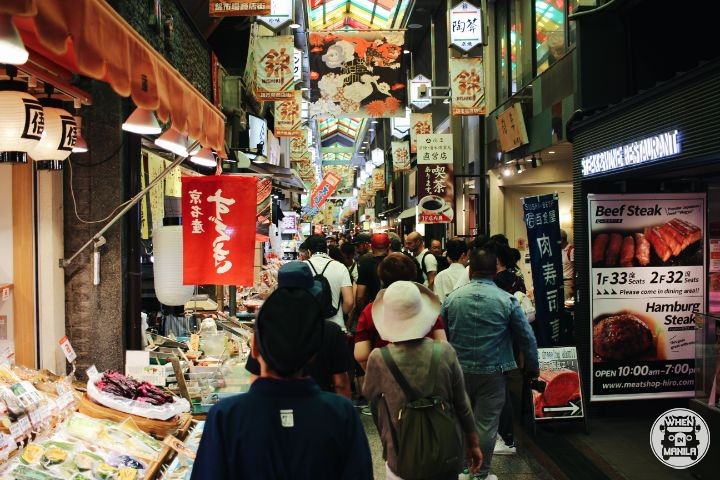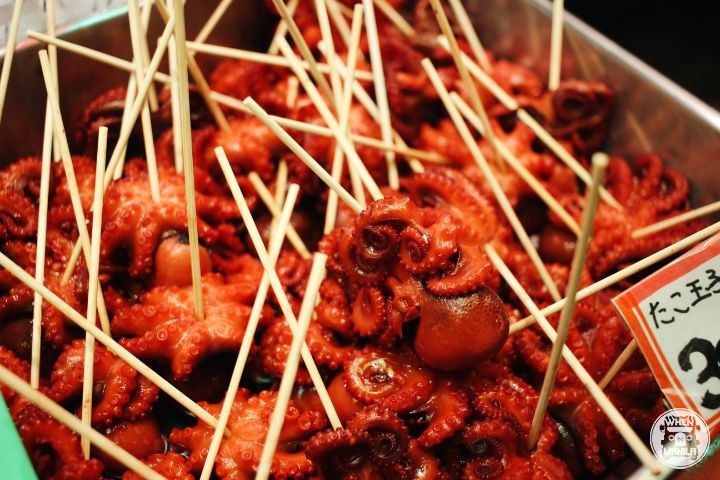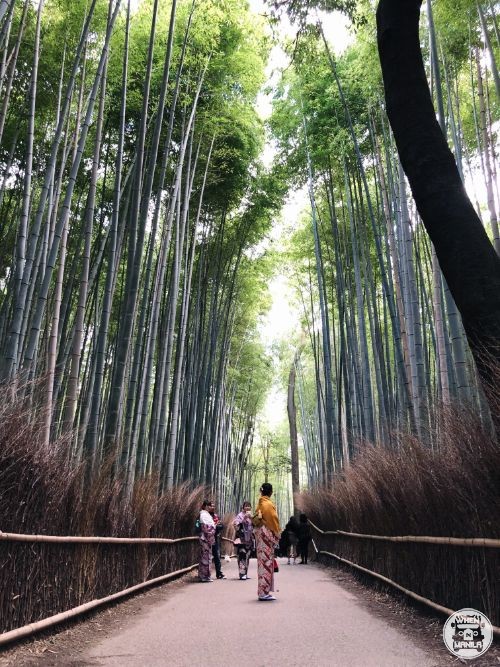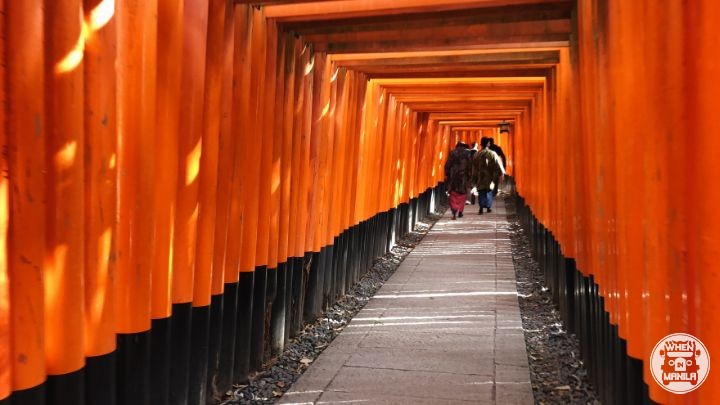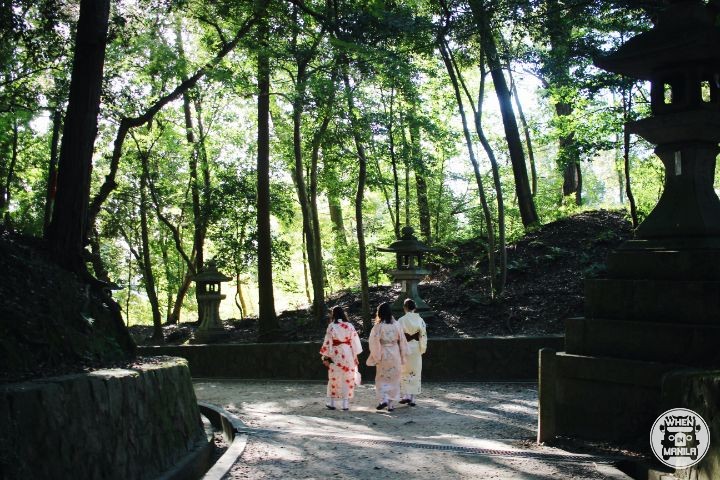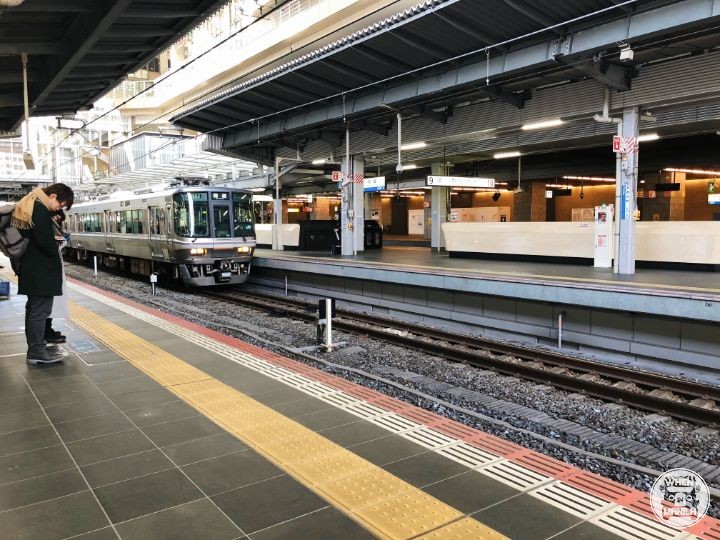When the subject of Japan travel comes up, many Filipinos tend to think this one thing first: mahal! [Expensive!] But that’s not necessarily true. Yes, the cost of traveling in Japan can be higher than most Asian countries (especially South East Asia), but that doesn’t mean there are no tipid [cost-effective] ways to do it.
That said, dreaming of traveling to Kyoto? You should do it. One of Japan’s oldest and historic cities, Kyoto is really just one of the most beautiful places you will ever see in your life (at least that how it feels for me!). And speaking of tipid tips, here’s some good news for you—there are actually a lot of beautiful places in Kyoto that you can explore for absolutely no cost. Yep. No tickets, no entrance fees, no reservations needed. You just show up and enjoy!
Here are 7 free attractions you can visit in Kyoto, Japan.
7. Gion District
You can’t go to Kyoto without taking a stroll through the district of Gion, a.k.a. the geisha district. You must be thinking—geisha??? Yup, geishas aren’t only a thing of the past (or fiction). They still exist in Japan, Kyoto specifically. They’re a rare sighting though, so consider yourself lucky if you spot one. But whether you see a geisha or not the small alleyways of Gion are still worth a visit with its pretty streets lined with traditional (and very quiet, private) restaurants and bars.
6. Yasaka Shrine
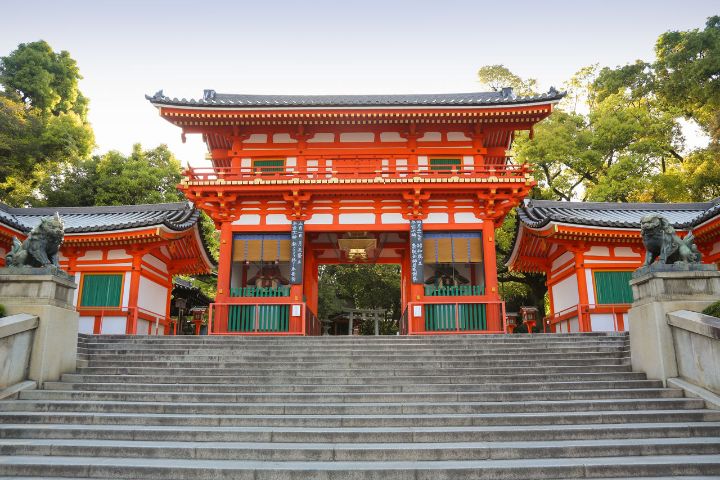
Down the road from the district of Gion you’ll see a bright orange temple—that’s Yasaka Shrine, also known as Gion Shrine, and is one of the most famous shrines in Kyoto. It was established more than 1,000 years ago and is the home of one of Japan’s most famous festivals, the summer festival of Gion Matsuri. It is also a good spot for viewing during the cherry blossom season, as it faces Maruyama Park which is said to be the most famous spot for cherry blossom viewing in Kyoto.
5. Kyoto Imperial Park and Palace
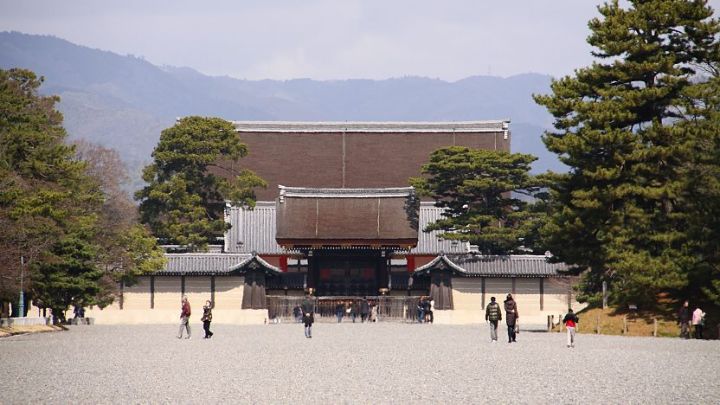
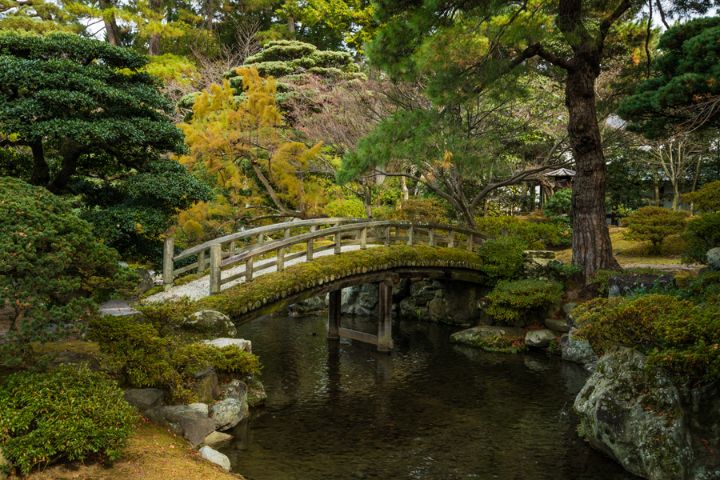
The Kyoto Imperial Palace used to be the official residence of Japan’s imperial family before they moved to Tokyo in the 1800s. Although technically none of the buildings within the palace grounds are open to public, visitors are still free to walk around the 1,300-meter long park and there are plenty of pretty sights to see, including cherry blossom trees standing beside a pond that is an attraction itself during the cherry blossom season.
4. Nishiki Market
If Osaka has its famous Kuromon Ichiba Market, Kyoto has its Nishiki Market which is a known stop for travelers exploring the city. It’s a long shopping street (five blocks long to be exact!) lined with restaurants, shops, and amazing finds from fresh seafood, produce, desserts, to all sorts of items perfect for pasalubong. Though shopping and dining aren’t free (unfortunately), taking a stroll at Nishiki Market is, and gives you a peek into the daily lives (and hustle) of the common Japanese folk.
3. Arashiyama Bamboo Forest
You’ve seen pictures of this online, that’s for sure. One of the most famous attractions in Kyoto, Arashiyama Bamboo Forest is a path towered by lovely bamboo trees that look like life imitating beautiful art. The best part, access to here is free. If you love nature then this is an attraction you cannot miss. It’s hard not to feel connected with nature once you’re standing beneath the canopy of those bamboo trees.
2. Fushimi Inari-Taisha
This is probably the picture that first comes to mind when Kyoto is mentioned—bright orange wooden gates lined one after the other, thousands of them, forming this enchanting pathway as travelers pass beneath them in awe. This is Fushimi Inari Taisha, an image synonymous to Kyoto. A Shinto shrine, Fushimi Inari Taisha is famous for its thousand torii gates that trail within the grounds of the shrine and leading up into the forest of Mount Inari. It’s absolutely enchanting here, and best of all, free.
1. Walk aimlessly and get lost in the beauty of Kyoto
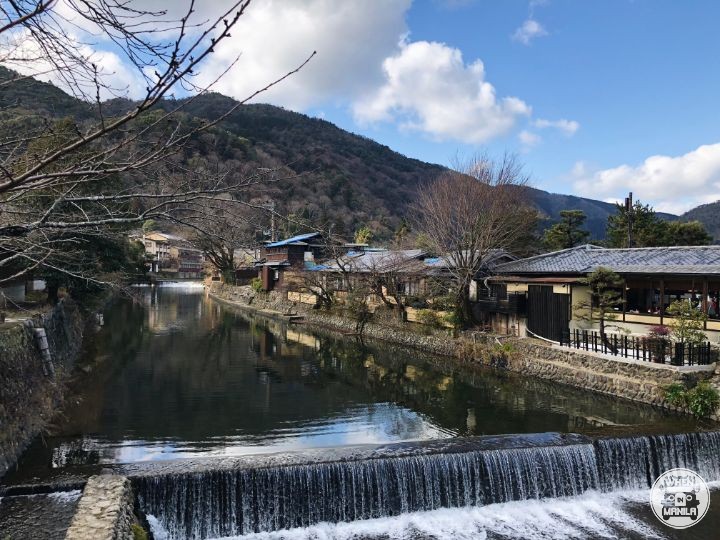
Honestly, Kyoto is just so inherently beautiful that you don’t really need a destination to enjoy this old city. Running through the middle of the main city is a big river, Kamo River, where different birds fly above and perch on its banks to take refuge. In the neighborhoods, as you walk from destination to destination, you’ll see the charming little houses and the tiny streams right outside their doors, and the pretty trees just making everything look so picturesque. Up north, near the Bamboo Forest, you’ll find Katsura River coursing beneath the foot of mountains, and it takes the breath away. Kyoto is free to visit, just waiting for travelers to come see her magic.
How to get to Kyoto
Kyoto is accessible through Kansai International Airport (KIX), located in its neighboring city of Osaka. Kyoto is accessible to get to from Osaka by either bus or train. Train rides can take about 40-50 minutes, while buses take longer at about 1 and ½ travel time. The fastest would be via shinkansen (bullet train) at only 15 minutes, but can be very expensive costing you thousands of pesos. A one-way regular train ride can cost just as little as Php200-300.
Ready to travel to beautiful Kyoto? Do it! Find amazing deals and affordable flights to Kansai International Airport from Manila through AirAsia Philippines, which offers daily flights to Osaka so you can easily embark on your dream Japan journey.
AirAsia Philippines
www.airasia.com
Facebook: www.facebook.com/airasiaph/
Twitter: @AirAsiaFilipino
Instagram: @AirAsiaFilipino

